Coping Self-Care
Some elderly people may feel tired easily. Even simple self-care activities can make them exhausted. Knowing the causes of fatigue and the use of energy conservation techniques can help one manage daily living tasks easier.
Symptoms of fatigue
- Feel tired easily or lack of energy
- Muscle pain, e.g. back pain
- Difficulty in concentration and decision making
- Feel helpless and unable to control one’s condition
- Irritability
- Poor appetite
Causes of fatigue
1. Physical conditions
- Tiredness may be due to diseases, e.g. anaemia, diabetes, thyroid disease, heart disease, depression, anxiety etc. Besides, joint pain will also reduce the mobility and endurance of elderly people.
- Side effects of drugs, e.g. some anti-hypertensive drugs may cause tiredness.
- Inadequate sleep can lead to reduce alertness and lack of energy.
2. Habits in performing daily living tasks
- The habit of prolonged sitting can reduce muscle strength and joint flexibility, which affects mobility and increases tiredness in elderly people.
- Prolonged activities without rest can lead to fatigue and overwork
- Improper posture, such as taking a bath on a low stool, squatting on the toilet, etc., will increase pressure on joints and lead to physical fatigue
3. Home environment and devices for daily living
- Room temperature: If it is too hot or too cold, the body will use extra energy to maintain homeostasis which would lead to fatigue. Inappropriate temperature also affects the quality of sleep and lead to inadequate rest.
- Noise: Being in a noisy environment increases difficulty in concentration, induces agitation and fatigue. Noise also reduces the quality of sleep, leading to inadequate rest.
- Inappropriate arrangement of furniture: If items are placed too low or too high, we need extra physical effort to get them which may exacerbate fatigue. Chairs that could not provide proper support for the back and legs will also lead to inadequate rest.
Practical tips in self-care
Understand your own capabilities and do what you can
- Elderly people should understand their own physical conditions and abilities.
- More energy will be consumed when performing tasks in a hurry or within a tight schedule. Avoid over-loading yourself and seek help from others if necessary.
Schedule your daily living tasks
- Plan the activity schedule ahead. Arrange intermittent short breaks during activities to allow the body to recover. This is more effective than taking a long break after prolonged working for two or more hours.
- Perform tasks in gradation to allow the body to adapt slowly.
- Maintain suitable activity level and avoid lying in bed all the time.
- Be alert to body signals, e.g. pain, numbness, muscle soreness, tiredness, tremor etc., as these are warning signs showing the need for rest. Fatigue will follow if these signs are neglected.
Select suitable assistive devices
Appropriate assistive devices can help to reduce physical exertion and avoid fatigue.
- If there is finger joint pain or decreased hand
dexterity, choose loose fitting clothing with
elastic waistband, use Velcro fastening instead of
buttons (as diagram 1), or use a "button hook"(as
diagram 2). Choose footwear made of soft materials
and with good heel support of less than 1.5 inches
to reduce fatigue of the knees and back.
 (diagram
1)
(diagram
1)
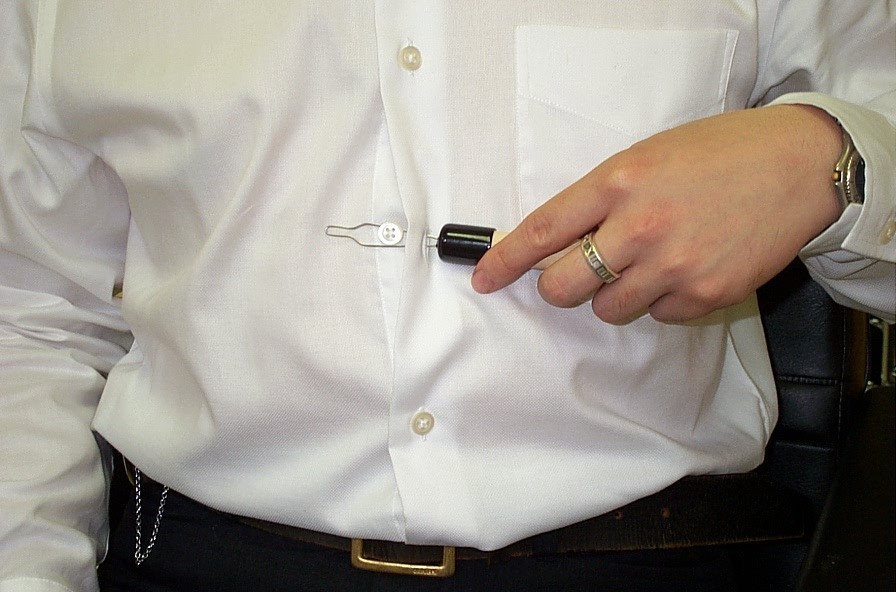 (diagram
2)
(diagram
2)
- Use smaller face towel and electrical toothbrush.
- For elderly who urinate frequently in the middle of
the night, use a urinal (as diagram 3a and 3b) or
bedside commode (as diagram 4) to reduce effort.
This also helps to reduce the risk of fall.
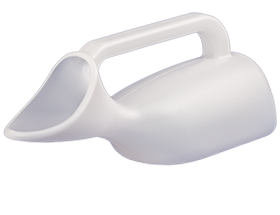 (diagram 3a)
(diagram 3a)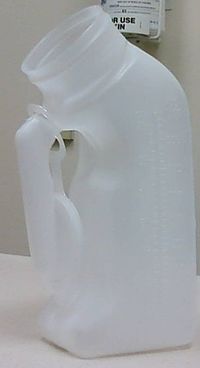 (diagram 3b)
(diagram 3b)
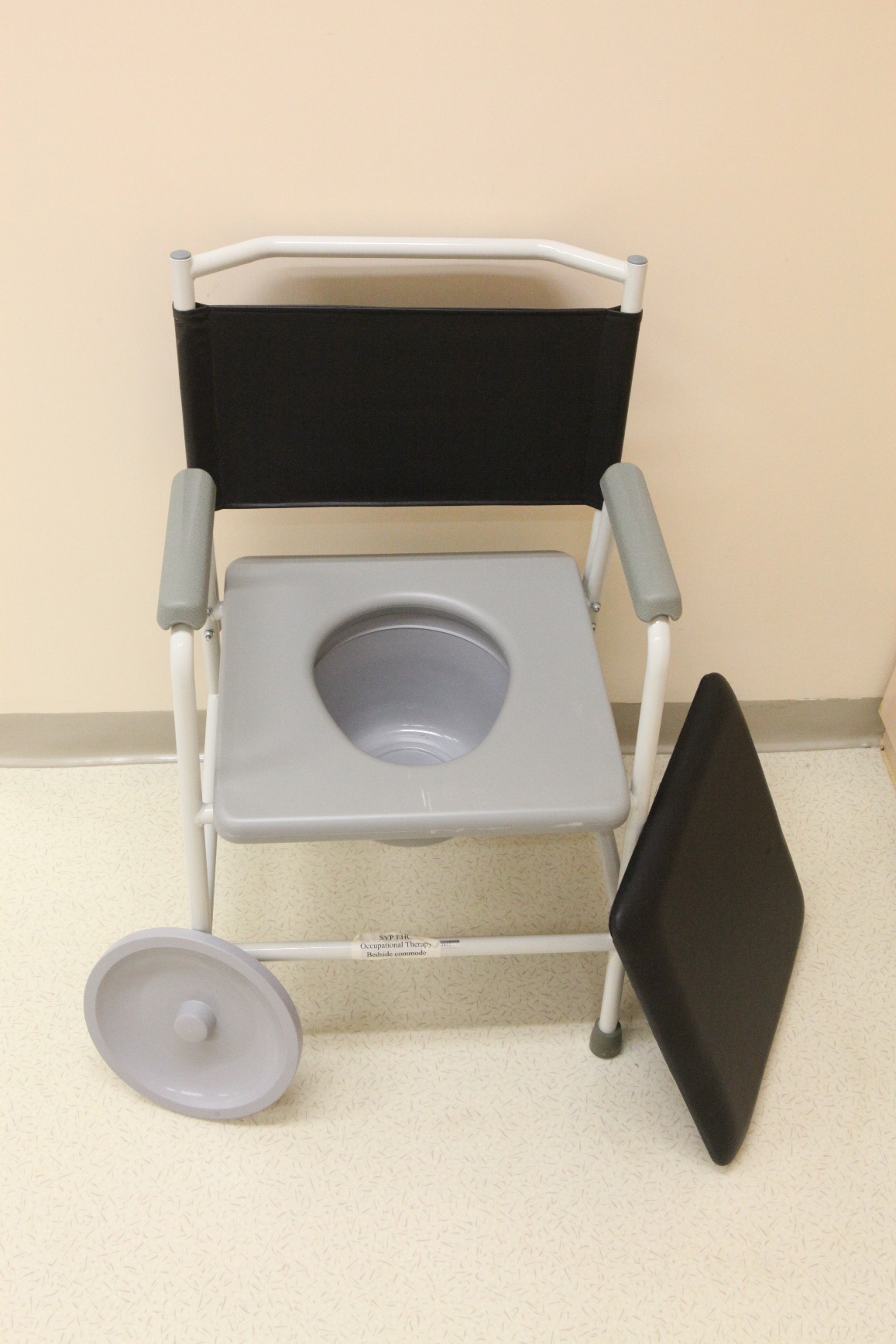 (diagram
4)
(diagram
4)
- Use a bathboard (as diagram 5) or shower chair (as
diagram 6) for elderly people to take a bath in
sitting to reduce physical exertion due to standing.
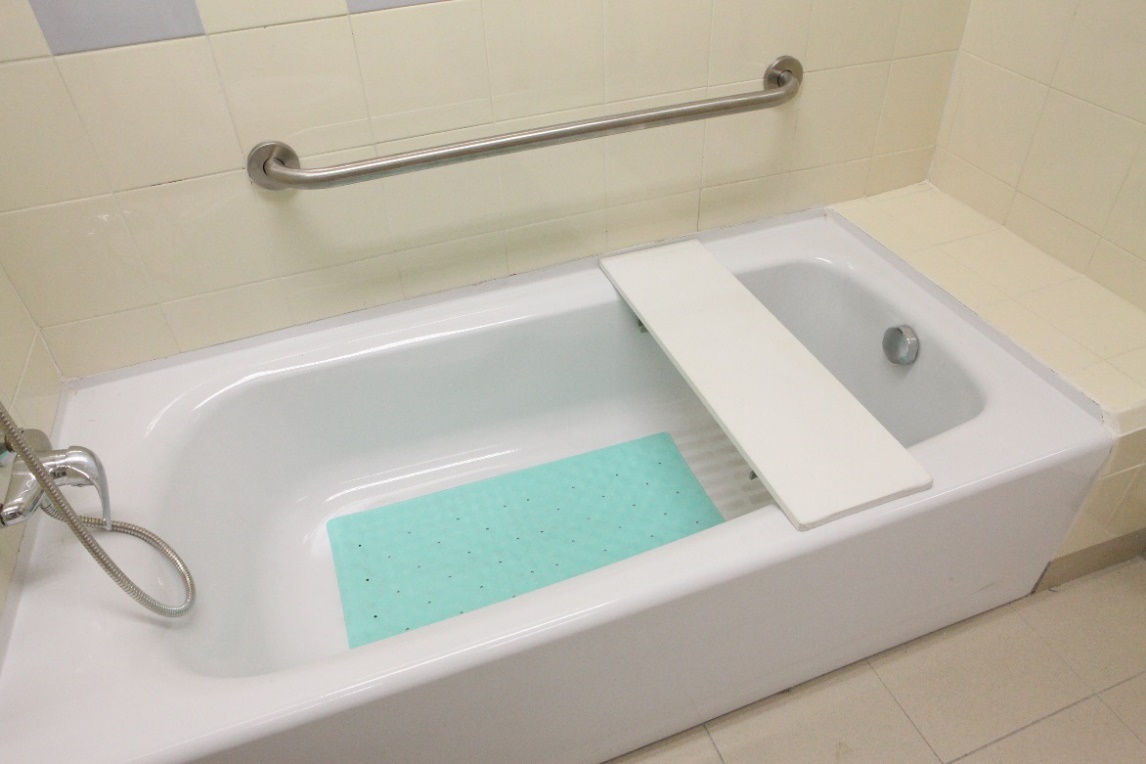 (diagram
5)
(diagram
5)
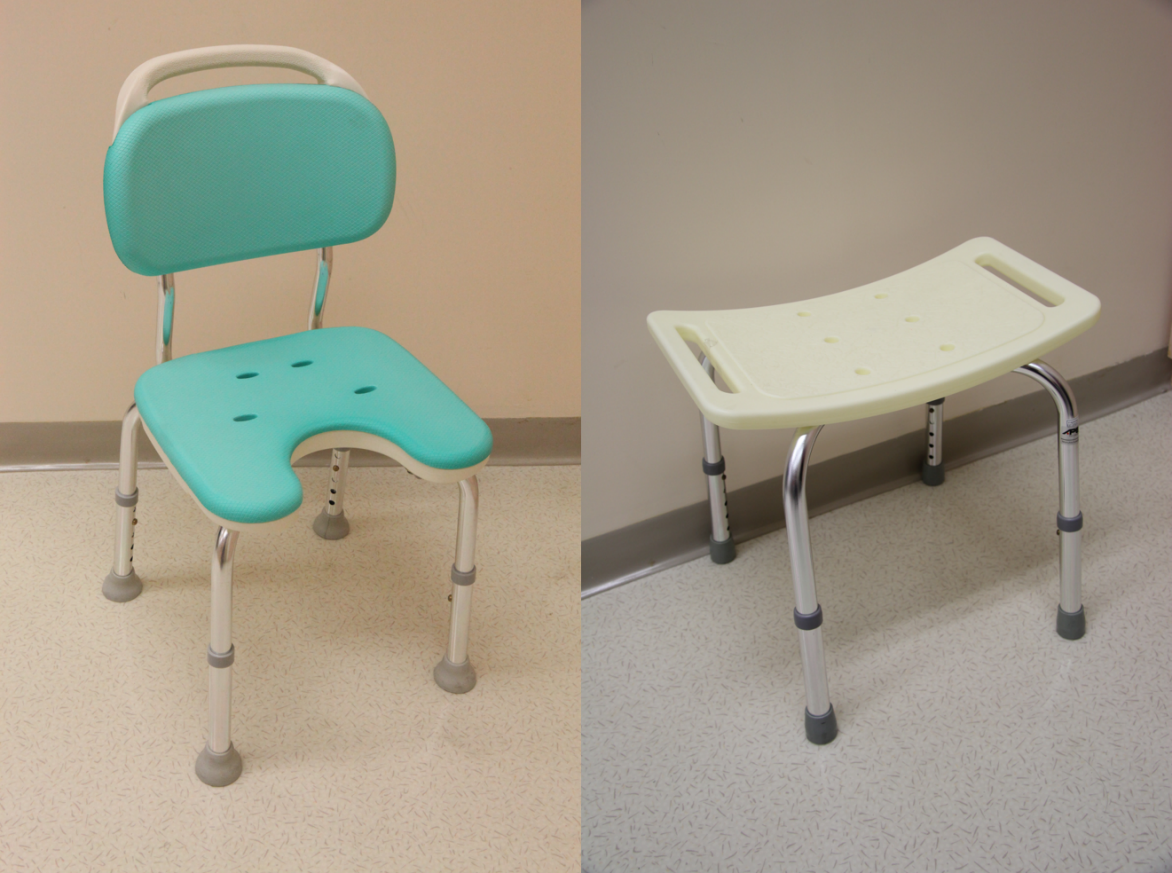 (diagram
6)
(diagram
6)
- Choose chairs with appropriate height and adequate
back support. While sitting, the knees should be at
right angles, and both feet are flat on the ground.
(as diagram 7). Activities like reading newspaper or
preparing vegetables should preferably be carried
out in a sitting position at the table. The height
of table should allow the forearm to be rest on the
table comfortably (as diagram 8). The height of the
bed should be similar to that of the chair, and the
mattress must be firm enough for back support.
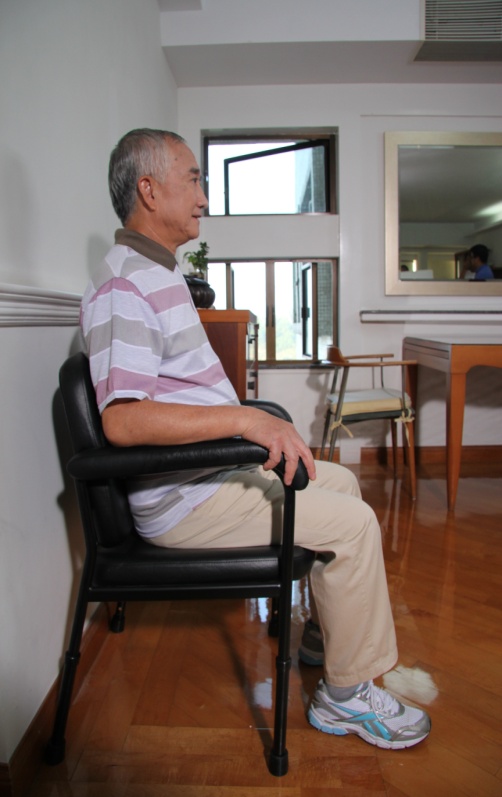 (diagram 7)
(diagram 7) 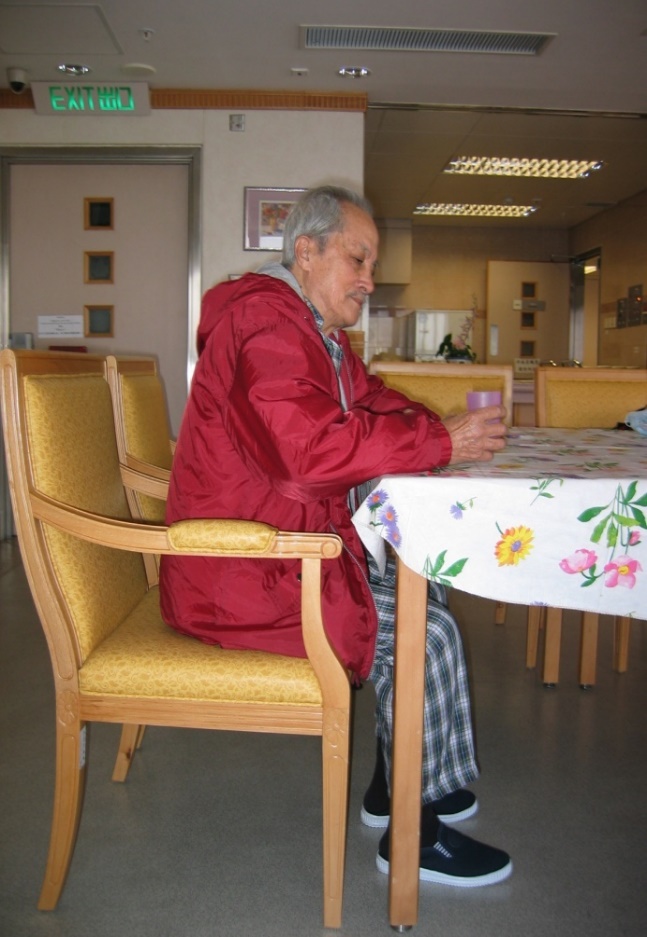 (diagram 8)
(diagram 8)
Elderly people and carers can consult an occupational therapist before purchasing assistive devices to ensure appropriate selection and proper usage.
Match the posture with the environment
- Avoid improper posture and joints position, like
squatting (as diagram 9); bending the back (as
diagram 10) and sitting on a low stool so as to
reduce wear and tear of joints.
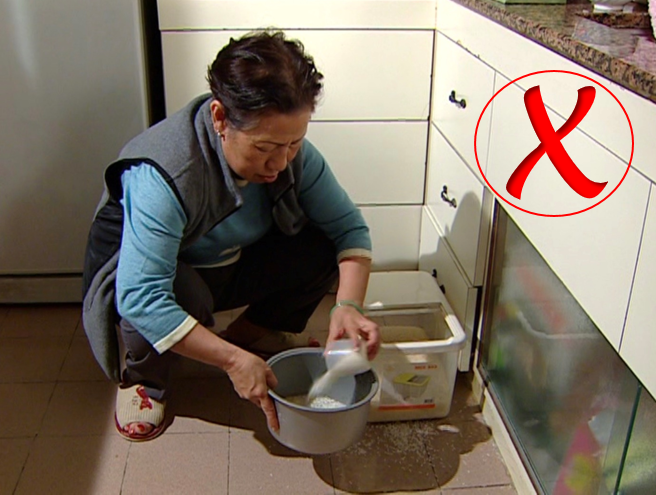 (diagram
9)
(diagram
9)
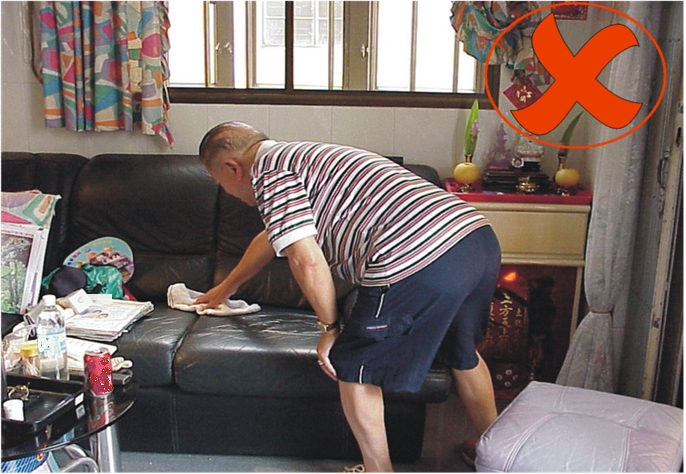 (diagram
10)
(diagram
10)
- Daily necessities should be easily reachable,
putting at waist to shoulder level, the infrequently
used but light items to be placed in a higher
position and infrequently used but heavier items
should be placed in a lower position (as diagram
11). Avoid climbing up or squatting down to get
things which may put stress on the shoulders and
back.
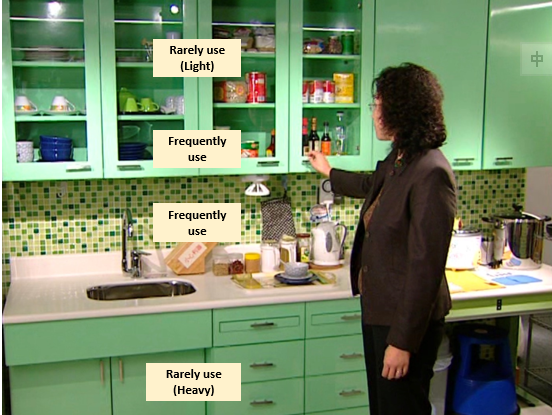 (diagram
11)
(diagram
11)
Community resources and support
If elderly people constantly suffer from fatigue and find it difficult to recover even after rest, or have difficulty in performing daily living tasks, they can discuss with their relatives and friends or seek help from District Elderly Community Centre / Neighbourhood Elderly Centre to apply for Home Help / Home Care Services. They can also seek assistance from Social Welfare Department.
Seek advice from healthcare professionals if you have query about your physical condition.